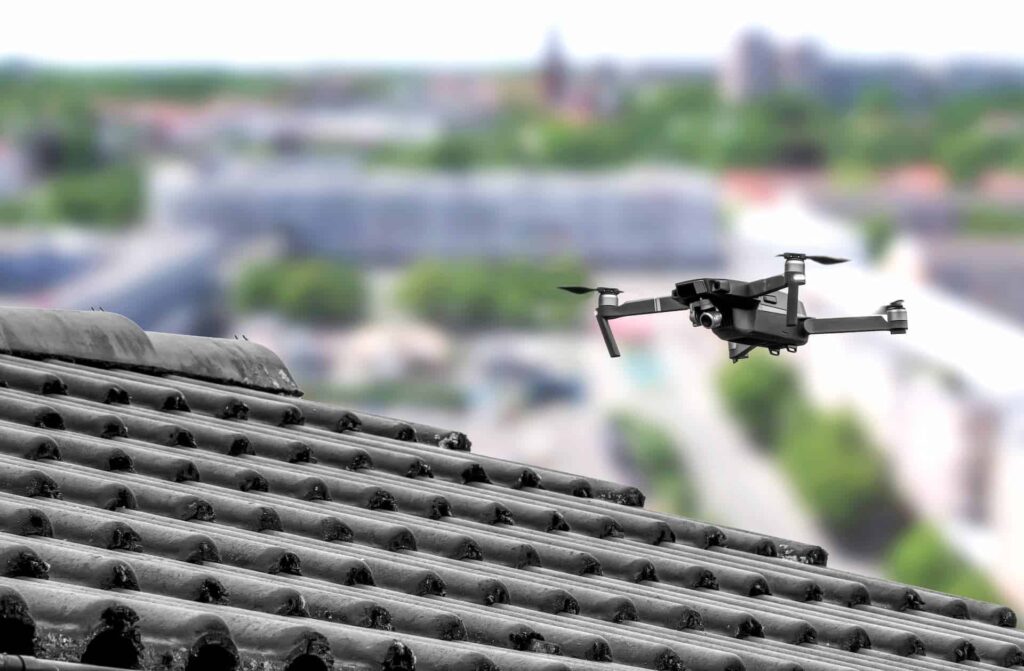London is a bustling city with a diverse range of buildings, from historic landmarks to modern skyscrapers. These buildings require constant maintenance and management to ensure they remain safe and functional for occupants. However, traditional methods of building inspections and maintenance can be time-consuming, costly, and sometimes risky. This is where drone technology comes in, providing a more efficient, cost-effective, and safer alternative to traditional methods.
Enhance Building Maintenance
London drone survey company offers a range of services that help enhance building maintenance and management. These services include building inspections, structural surveys, thermal imaging, and 3D modeling. With the use of drones, these companies can easily access hard-to-reach areas of a building, capturing high-resolution images and videos that can be used to identify any potential issues.
Building Exterior
One of the most significant benefits of using drones for building inspections is their ability to provide a comprehensive view of a building’s exterior. Drones can capture detailed images and videos of a building’s facade, roof, and other exterior features, providing inspectors with a much better understanding of its condition. This can help identify any defects, damage, or wear and tear that needs addressing, allowing for more targeted maintenance and repairs.
Structural Survey
In addition to building inspections, drone surveys can also be used for structural surveys. Drones equipped with LiDAR (Light Detection and Ranging) sensors can create detailed 3D models of a building’s structure. This allows engineers and architects to identify any potential structural issues, such as cracks, deformations, or movement, which could compromise the building’s integrity. With this information, necessary repairs and reinforcement can be made, preventing potential safety hazards.
Thermal Imaging
Another useful application of drones in building maintenance and management is thermal imaging. By using infrared cameras, drones can detect changes in temperature on a building’s surface, indicating areas of energy loss, water damage, or electrical faults. This information can help property managers prioritize repairs and maintenance work to increase energy efficiency and reduce the risk of damage.
3D Modeling
Drones can also be used for 3D modeling, which can provide valuable insights into a building’s layout and design. By using photogrammetry techniques, drones can capture thousands of images of a building’s interior and exterior, which can be used to create accurate 3D models. This can be particularly useful for architects and engineers in the planning and design phase of a construction project, as well as property managers who need a comprehensive understanding of a building’s layout.
In addition to the benefits mentioned above, using drones for building inspections and maintenance also offers a range of other advantages. For example, drone surveys can be completed in a fraction of the time compared to traditional inspections, allowing for faster identification and resolution of issues. This can also lead to cost savings, as fewer resources are required to complete the work.
Minimize the Injury
Drones can also help minimize the risk of injury or damage to personnel. By using drones to inspect hard-to-reach areas of a building, there is no need for workers to climb ladders, scaffolding, or other dangerous equipment. This helps reduce the risk of falls and other accidents, keeping workers safe and reducing liability for property owners.
Conclusion:
The use of drone technology in building maintenance and management has revolutionized the industry. London drone survey company offers a range of services that can enhance the safety, efficiency, and effectiveness of building inspections and maintenance. By leveraging the benefits of drone surveys, property managers and building owners can gain a better understanding of their buildings’ condition and take proactive steps to address any issues, ensuring their properties remain safe, functional, and attractive to occupants.
You may also like
-
Latest Technology: Why Are Mobile Games Changing the Way We Interact with the Digital World?
-
The Evolution of Storytelling in Video Games: From Pixels to Immersive Narratives
-
10 List of the Cheapest and Best Curved Type PC Monitors in 2024
-
The Role of Regulation Technology (RegTech) in Monitoring Online Color Prediction
-
How to Navigate Google Maps Transit Directions

